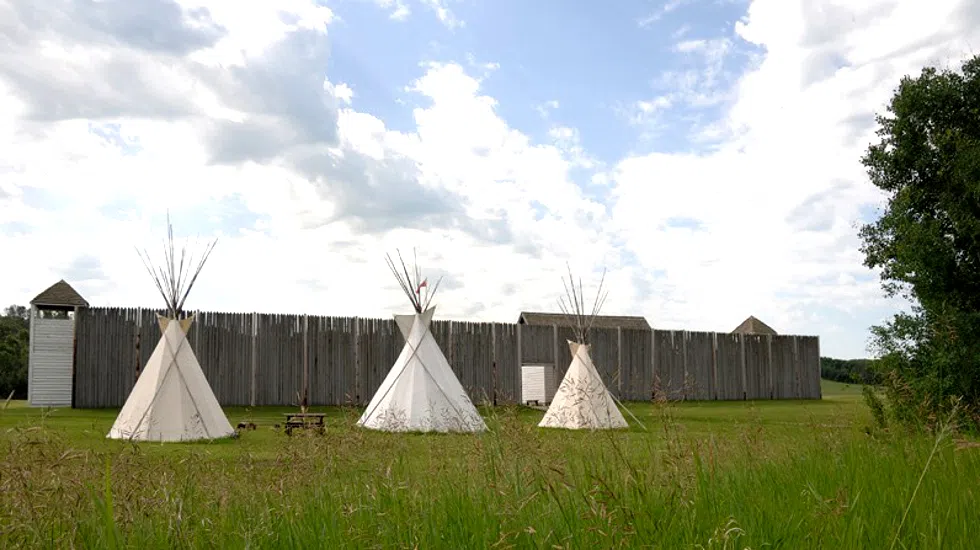
Canada 150: The lasting legacy of Fort Carlton
A hundred and fifty years ago, the City of Prince Albert had existed as Isbister’s Settlement. A small collection of farms founded by retired Hudson’s Bay Company employee James Isbister, the community could hardly be called a town at all in 1867. While the city was still in its early days, the real centre of commerce and activity in the region was located a few kilometres upriver at Fort Carlton.
Fort Carlton, a bustling provisioning post operated by the Hudson’s Bay Company between 1810 and 1885, was for many years the only place between Cumberland House and Edmonton where the local First Nations could trade. Fort Carlton Historical Interpreter Allan Friesen said this made the fort into one of the most important sites in the province 150 years ago.
“The Cree people would bring in buffalo meat, mainly in the form of pemmican or dried meat or even fresh meat, and would trade it for the goods that the [Hudson’s Bay] Company had brought from Europe,” Friesen said. “Because it was such a major centre at that time, and there were so few trading posts around, it also became a centre for taking in furs.”
In addition to the booming trade with local First Nations, Carlton acted as a provisioning post for European explorers as well, Friesen said. Several notable explorations stopped at the fort for provisions, including famous names like English navy officer Sir John Franklin.


